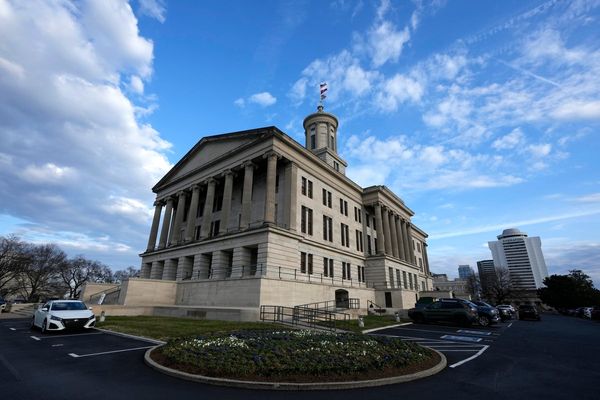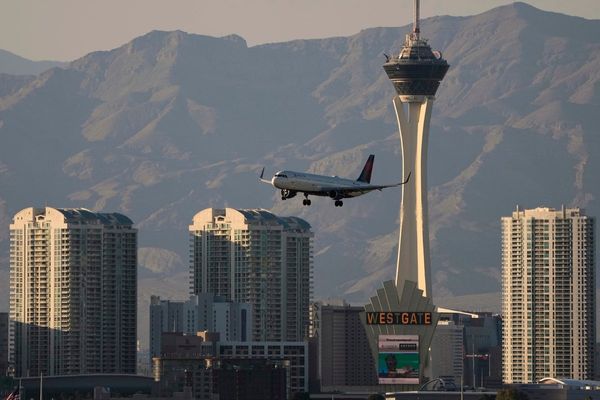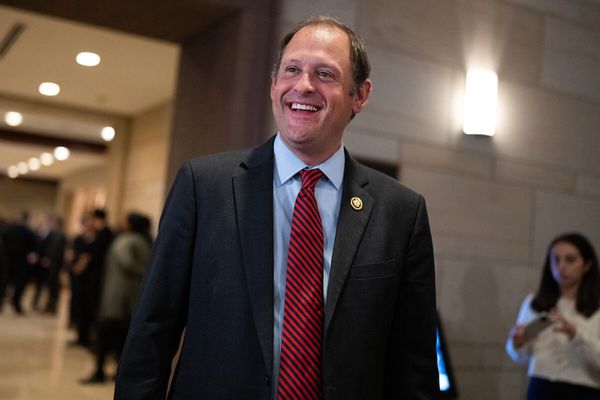West Lothian councillors meet to decide the last budget of this current administration on February 15 - and they face tough decisions on balancing the budget.
The current budget model is based on the assumption of the three per cent increase in council tax. That figure has been agreed as part of a five year budget plan but council tax levels have to be agreed on an annual basis.
A meeting of the Partnership and Resources Policy Development and Scrutiny Panel (PDSP) heard that any option to increase council tax by less than three per cent would have an adverse impact on the council’s recurring budget position.
From 2017/18 to 2021/22 the average band D council tax rate for Scotland has increased from £1,173 to £1,308, an increase of £135, or 65p per week for four years. West Lothian’s band D rate has increased by £148.42 or 71p per week over the same period.
Out of 32 local authorities West Lothian has the 10th lowest figure for the average Band D council tax , charging £1,276.42 annually. The lowest is from the Western Isles at £1,193.50 and the highest is Midlothian at £1,409.
Council tax accounts for around 19 per cent of the council’s overall budget with 80 per cent of the budget coming from the Scottish Government. The council has made £141.7 million of savings over the period 2007/08 to 2021/22 and it is becoming increasingly challenging to make savings without impacting on the level of service provided to the public.
Broad support for changes to council tax was one of the outcomes of the council’s public consultation on budget priorities in 2017.
Although council tax is applied to all houses, not all households are eligible to pay it. There are exemptions, discounts and a council tax reduction schemes in place to reduce the burden for the most vulnerable in society as well as protecting low income households.
The Council Tax Reduction Scheme (CTRS) also helps people on a low income pay all or part of the cost.
Breaking down the figures, 75 per cent of properties in West Lothian are in bands A to D. Of those 48 per cent of properties in bands A to D are in receipt of a form of discount or exemption, and 16 per cent of properties in bands A to D are in receipt of Council Tax Reduction Scheme support.
The CTRS is in place to help those on a low income pay all or part of their council tax. Single person households with net income of up to £16,750, and all other households with net income of up to £25,000, with less than £16,000 in savings are eligible to apply for assistance through CTRS.
Any increase in council tax will be fully offset by an increase in CTRS, as long as the claimant’s circumstances remain the same.
Depute Labour group leader Councillor Kirsteen Sullivan asked if it was fair to say that the ongoing impact of the nine years of council tax freeze continued to be felt by the council and the money was “ pretty much lost forever.”
Donald Forrrest, head of finance, confirmed that without the freeze the council would have recouped £18 million a year for supporting services locally , and this would have been a recurring figure
SNP group leader Councillor Janet Campbell asked if the freeze resulted in a recurring saving for hard-pressed families. Mr Forrest conceded that it did provide a saving, but added that a range of mitigations have been put in place to protect the lowest paid and protect the most vulnerable.
Speaking for the community councils, Donald Stavert told the meeting: “The people of West Lothian value their council services and they are sick and fed up of council cuts.”







